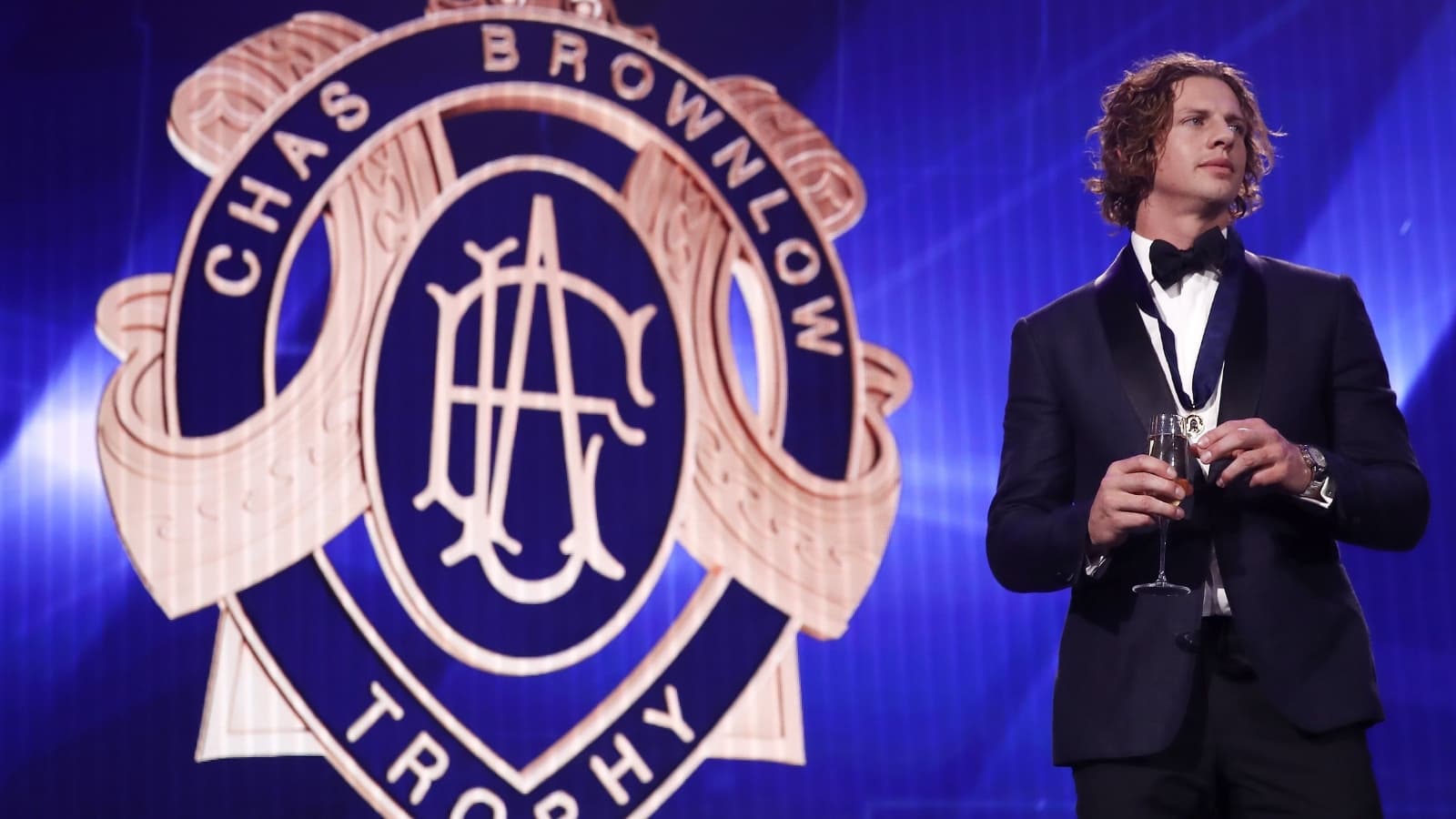📻 IMPORTANT AUCKLAND UPDATE 📻
There is the best, and there is the greatest: Duff's tribute to Nat Fyfe
Mark Duffield • August 12th, 2025 8:30 pm

There are two ways to measure players – there is the best – and there is the greatest. Is there a difference? I would argue that there is.
Gary Ablett senior is the best player I have ever seen. He could do things on a football field other mere mortals could only dream of. Run faster, jump higher, kick further, hit harder.
Leigh Matthews is the greatest. His period of excellence spanned well over a decade. He influenced multiple grand finals and the outcome of countless games.
Chris Judd played just 134 games for West Coast but I have no doubt he is the best player to ever pull on an Eagles jumper. He won a Brownlow and a Norm Smith Medal in Eagles colours. I have no doubt the Eagles saw the best of him before he left to join Carlton and I have little doubt that the Eagles got the better of the trade deal that sent him to Carlton and brought Josh Kennedy here – a confidence due in no small part to the fact that that Kennedy, who along with Chris Masten were the Eagles gains in the trade, is in the conversation to be one of West Coast’s greatest players.
There are others – Dean Cox, Dean Kemp, Peter Matera, Ben Cousins, Glen Jakovich can all claim to have made a greater contribution over time than Judd. They were just never as good as him at his best.
I have a similar view at Fremantle. Matthew Pavlich is Freo’s greatest player. His 353 games, his six All- Australian jumpers, his six Doig Medals, eight times club leading goalkicker, his nine years as the club captain and his 700 goals mark him as the Dockers greatest player. He endured for longer, in more positions, he led for longer than any Fremantle teammate.
But Nathan Fyfe, like Judd at West Coast, has been Fremantle’s best player. He is the only player at the club to be recognized as the best player in the competition. He was the first West Australian born player ever to win two Brownlow Medals – in 2015 and 2019 but it is not just that recognition. In 2014 and 2015 he received the Leigh Matthews Medal in recognition from his peers that he was the best player in the competition.
Before he broke his leg in 2015 and reinjured it in 2016 Fyfe had no peer in the AFL – this was before the emergence of Dusty Martin and 2016 was the first year Patrick Dangerfield hit similar heights and won his first Brownlow Medal.
As a big bodied midfielder, Fyfe was the best midfield aerialist the game has seen. The broken legs changed him and diminished his extreme athleticism to a degree but when he won his second Brownlow in 2019 he remained the best contested possession and stoppage player in the competition. His game against Geelong that year – when he lifted the struggling Dockers to victory over the Cats who would play in a preliminary final, remains one of the finest games I have seen him play, 27 disposals with 23 won in contests, 11 clearances and two goals. He was extraordinary that day and too much for the Cats to deal with.
Fyfe yesterday announced he would retire at the end of this season. It is not a surprise. He has battled a failing body for much of the last four seasons as the combative nature of his play took its tool prematurely on his body. The cliff comes quickly in the AFL but even quicker to the contested ball winning beasts of the competition. Fyfe was a contested ball winner as a skinny kid in 2010 and 2011 – long before he built the body that lifted him above all others in the coming seasons.
He has just one box to tick on his resume – a late season throw at the stumps on staying fit as the Dockers launch a late season run at the title – the one title he has never held – an AFL flag. Can he stay fit long enough to be a part of it? And can the Dockers – using their one in a row stay in the moment philosophy, pull it off.

